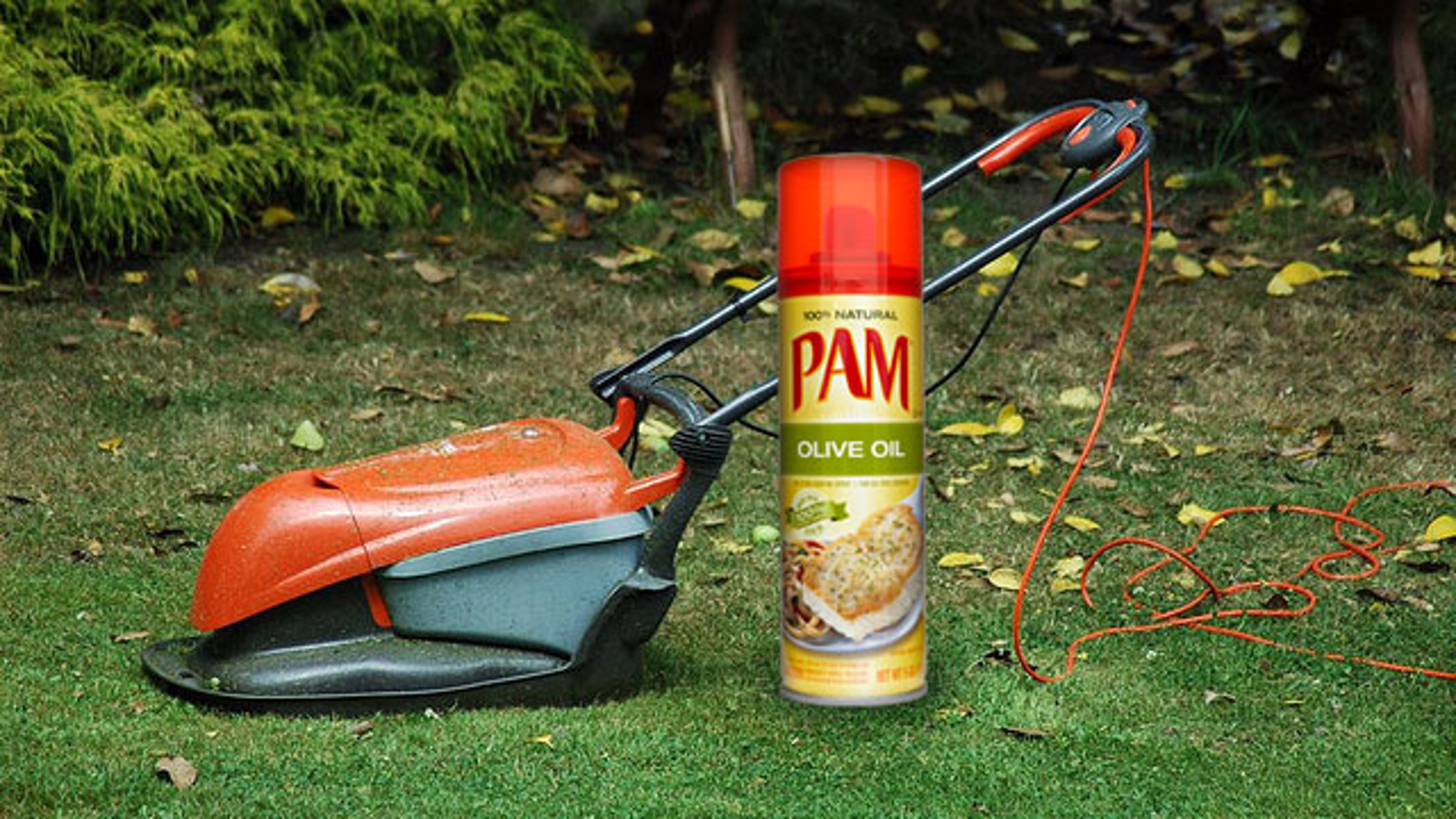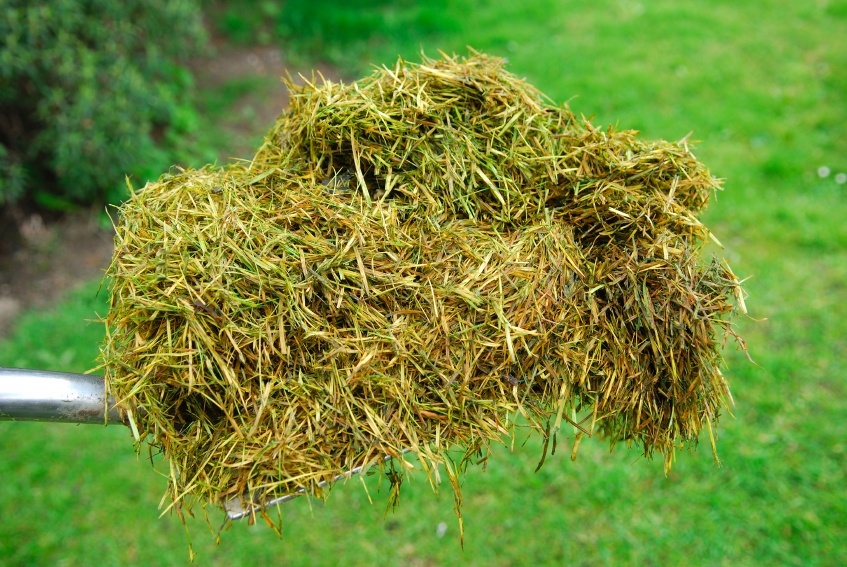

You could also ask neighbors and friends if they could save their clippings for you to use. So, how else can you collect grass clippings? You could visit your local gardening store and purchase a few bags. More so, if you need a lot of compost and have a small garden, you are likely to have to mow your lawn multiple times to collect enough grass. However, after mowing your garden, the cut grass decomposes and provides your soil with much-needed nutrients, meaning that your lawn will actually benefit from it. Many people find it easiest to mow their lawn and add the cut grass to their bin or heap. There are various methods in which you can collect this material. To compost using grass clippings, you will obviously need grass clippings. However, the process is a lot more complicated than this. Some people think that composting grass clippings means throwing a heap of material into a bin and leaving it for a while.
#Uses for grass clippings how to#
How To Compost Grass Clippings: A Step-by-Step Guide The chemicals can take anywhere from a few days to a few months to break down, depending on the area you collected them from. You will also want to stay away from any grass clippings that have been exposed to herbicide, as it can negatively affect the quality of your compost. This will make your composting with grass clippings much more successful. It would help if you tried to add equal amounts of wet and dry materials to your heap or bin. However, you must keep a balance between green and brown materials. Many people simply collect as much organic material as possible when composting. On the other hand, brown materials consist of woody or dead matter, such as dry leaves. For example, if you have just cut your grass, those clipping are referred to as being green.

Green materials consist of any wet or recently grown plants. What You Need To Know Before Using Grass Clipping For Compostīefore you start composting, you need to know the definition of green and brown materials.

You will find various other methods on the Internet. Using the skins and leftovers of fruit and vegetables is an easy and popular way of creating compost. For example, if you mow your lawn correctly and often, the grass clippings will decompose naturally, and collecting them will be an unnecessary chore.įor this reason, it might be a good idea to consider other methods of composting before you start. Many people find the process of cutting and collecting grass very long and tiresome. It is important to note that grass clippings are not the only organic material used to make compost. In this article, we will be discussing everything that you should know before you go ahead with composting your grass clippings. To be successful, you will need to be aware of a few things. However, the process can be more complicated than many gardeners may think. They are a great resource.Composting with grass clippings is one of the most prominent and accessible methods. Pile them in flower beds, vegetable gardens, around trees (leave a little space between the clippings and the trunk), or in the compost bin. So, if mowing the lawn creates an abundance of grass clippings, then, by all means, save them like the treasure they are. Instead, it could be filling our land with valuable nutrients, and the plants would absorb the nutrients for the forces of good. Furthermore, when organic material decomposes with inorganic material, it creates landfill gas, which is incredibly high in methane, a much more potent greenhouse gas than carbon dioxide. Landfills are already overflowing with stuff that doesn’t decompose and make wicked mulch and/or compost, so adding to the bulk with useful items seems irresponsible and wasteful. Organic material-grass clippings being organic material- simply isn’t suitable for sending to the landfill. Grass Clippings Don’t Belong in Landfills In general, compost piles should be a least a cubic yard (3 feet by 3 feet by 3 feet), and the more that goes into the pile at once, the better. Fresh grass clippings can also be combined with leaves or shredded paper/cardboard to make compost, or dried grass clippings can be layered with food scraps. Just layers of these two elements, basically in equal parts (volume), will create rich compost. Dry grass, i.e., hay, is a carbon-rich component, and freshly cut grass is a nitrogen-rich component.

In short, a good compost pile needs two main ingredients: stuff that’s rich in carbon and stuff that’s rich in nitrogen.


 0 kommentar(er)
0 kommentar(er)
